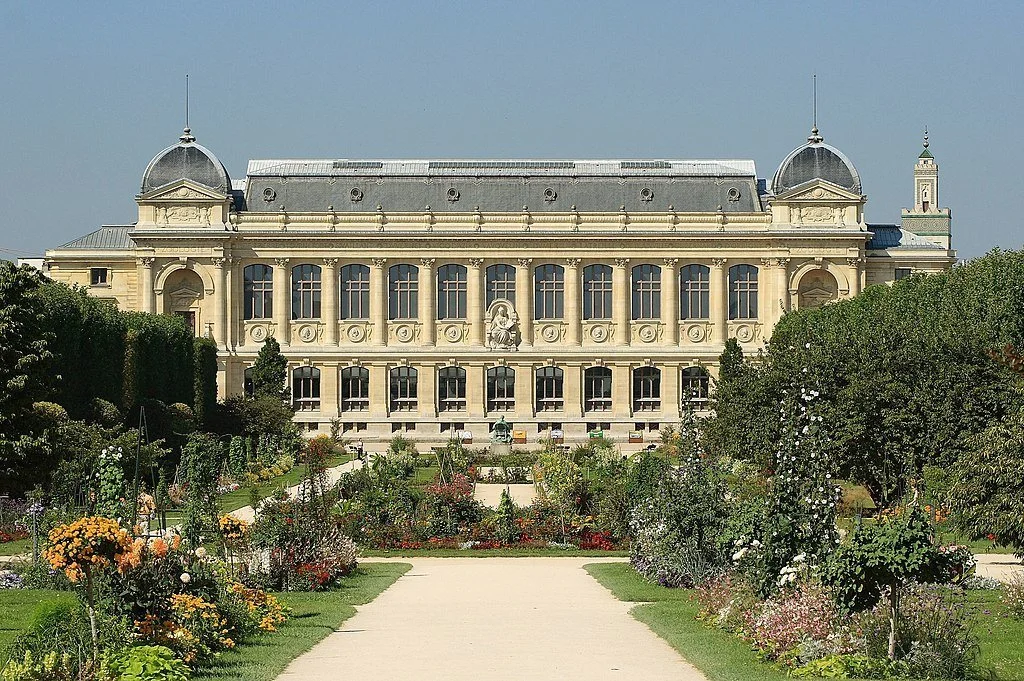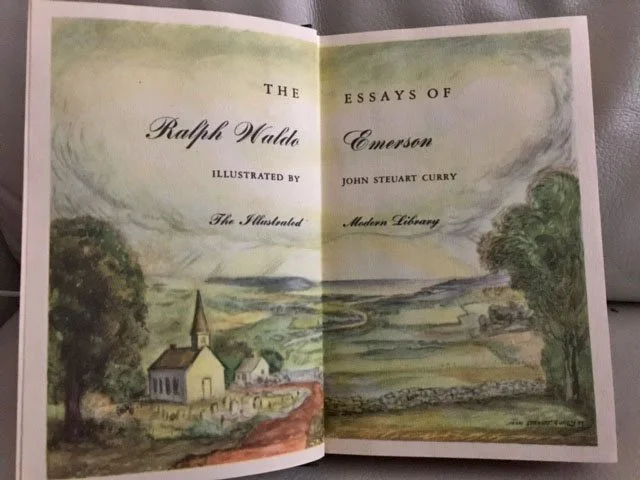
The Lyceum
A gathering place for engaging Emersonian content to educate & entertain.
Mr. Emerson’s Journals
Selections from Ralph Waldo Emerson’s journals, which he kept throughout his life and which served as the basis for many of his essays, lectures, and poems. The journals were a platform for Emerson to evaluate and make decisions; to react to news, good or bad; and to form a record of the people he met and the places he visited.
On the Grapevine
Exploring the history of the ‘Concord grape,” developed by Concord resident—and Emerson neighbor—Ephraim Wales Bull in the 1840s. Henry David Thoreau first planted a scion of the original stock in the Emersons’ garden in the 1850s and a ‘Concord’ grapevine has grown there ever since.
“Green Emerson” [1]
After purchasing his Concord home in 1835, Ralph Waldo Emerson set about planting a variety of trees around the property. From stately pines and chestnuts near the house to an orchard with over a hundred fruit trees, Emerson’s efforts brought the nature he so loved even closer to home.
Emerson’s Impact on Concord
Ralph Waldo Emerson had a lifelong association with the town of Concord, descending from one of its founders and periodically living with relatives there before making it his permanent home in 1835. Emerson was actively engaged in the town’s intellectual and civic life and both he and Lidian were involved in social reform movements. Nicknamed the “Sage of Concord,” one of Emerson’s greatest impacts on the town was drawing many of the leading writers, educators and reformers of the 19th century to his Concord home.
Fire at the Emerson House
On July 24, 1872—150 years ago today—a fire started in the attic of the Emerson House and spread quickly. Neighbors rushed over to help, rescuing most of the family’s possessions and managing to save the house, although it was badly damaged. After the fire, friends raised funds to reconstruct the Emersons’ home, which still stands today with the structure intact and most of the original furnishings within.
Consider the Sibyls
Well-versed in classic poetry and philosophy—a literature rich with heroic, mythic, and sacred figures—Emerson also admired Renaissance art, particularly works by Michelangelo and Raphael inspired by the vast iconography of the ancient world. Among the images of heroes, angels, and gods at the Emerson House are prints of five famous portraits of sibyls by Italian painters.
The Man at the Top of the Stairs
A profile of U.S. Senator Charles Sumner, a noted abolitionist whose friendship with Ralph Waldo Emerson strengthened around their mutual antipathy for the Fugitive Slave Act of 1850. Through Sumner, Emerson met President Lincoln in 1862, and when Sumner died in 1874, Emerson was one of his pallbearers. A portrait of Sumner hangs on the second floor of the Emerson House.
The Spring 2022 Opening of the Ralph Waldo Emerson House
Welcoming visitors back to the Emerson House for the 2022 season with a look back at the museum’s 92-year history and some memorable Emersonian events over the years.
Emerson’s First Journey to Europe
On Christmas Day of 1832, Emerson sailed for Europe for the first time. He’d recently resigned as pastor of the Second Church in Boston and was still mourning the loss of his first wife, Ellen. In Europe, he hoped to find relief from an illness and to meet with writers he viewed as kindred spirits. He spent several months in Italy, was profoundly affected by the Jardin des Plantes in Paris, and met the writers Samuel Taylor Coleridge, William Wordsworth, and Thomas Carlyle, the last of whom became a lifelong friend.
The Very Quotable Emerson
Ralph Waldo Emerson gave more than a thousand lectures over 40 years, sharing his thoughts with audiences in the hope that they might reflect and learn. As we start this new year, hopeful of positive changes, we share a selection of some of Emerson’s most notable quotations.



![“Green Emerson” [1]](https://images.squarespace-cdn.com/content/v1/6742847b5a0db278359b0744/c16ef354-aecd-4fdd-9ad4-11ebacf88d99/Trees-Log-cover.jpg)






